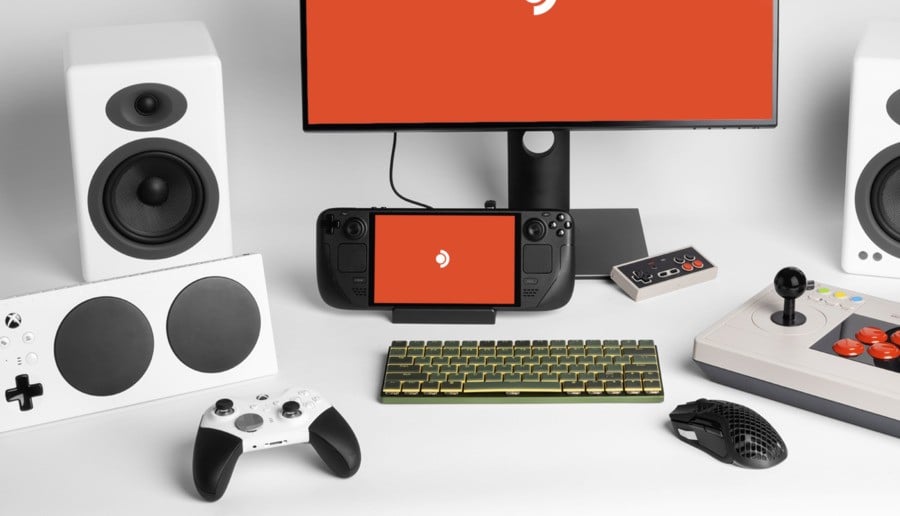
Valve has just released the next iteration of its Steam Deck hardware in the form of an OLED-packing model, and you might assume that the screen is the only reason to upgrade here. However, according to Digital Foundry (thanks, Destructoid), the OLED model has other benefits, too – the most notable being reduced input lag.
"In receiving an impressive upgrade to its display, Steam Deck OLED attacks input lag seemingly on two fronts," says Digital Foundry’s Richard Leadbetter in his review of the system. The OLED is "typically" about 10 milliseconds faster than the LCD display seen in the original, but the fact that it has a 90Hz refresh rate means that, during tests, the newer version exhibited as much as a 22.0ms advantage over the original Steam Deck.
Why does this make such a difference? Well, as with any controller input, there's always a degree of latency as the physical button press has to be turned into an in-game action and then displayed on the screen. So, lower input lag means that games feel more responsive.
Leadbetter adds:
When you’re talking about 10ms and especially 20ms reductions in input lag, I am fine in saying that there’s tangible improvement to the gameplay experience, though the extent to which the user may notice may vary depending on their own experiences with input lag – and the improvements may change on a game-by-game basis.
So, should you be looking to trade that LCD Steam Deck in as soon as possible? Maybe not, according to Leadbetter. "Valve did share with me that they’re looking to improve input lag,” he says. "Assuming these older firmware results aren’t a problem of my LCD Steam Deck, it seems that owners of the existing machines should be seeing a nice improvement to response, particularly when those all-important frame-rate caps are used." Phew.
